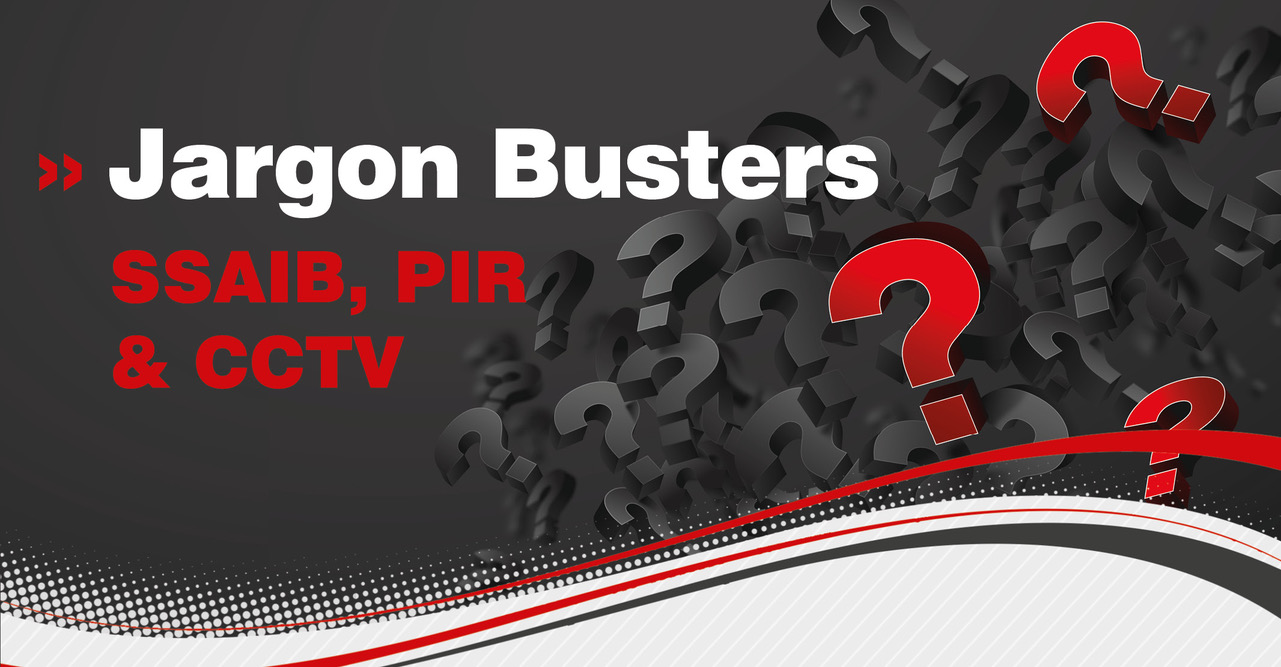Some of you will have seen us use some tech talk, or speak about accreditations – well as explained in our recent news letter “Infinite Beyond Issue 2”, we explain a little about what they are.
SSAIB
You may have heard of SSAIB or it may mean absolutely nothing to you. You’ll spot the logo on our marketing material and on our website. But what does it stand for and why do we need it?
SSAIB stands for Security Systems and Alarms Inspection Board. SSAIB is the leading certification body for companies providing security services, fire detection and alarm systems, telecare systems and services, manned security systems, services and monitoring services.
Holding a SSAIB certificate means they are confident in the quality of services we provide. SSAIB audit us each year to make sure we are providing our customers with quality service and abiding to the British standards.
PIR
You will have seen PIR’s in houses and workplaces neatly hidden in the corners of rooms. But what exactly are they and what do they do?
For those of you with young children you may refer to them as Santa cam (red light is on Santa’s watching) or most people refer to them as alarm sensors.
A PIR is a Passive Infrared Sensor which are used with security systems, the device is used to detect motion by receiving infrared radiation should someone enter a room where the PIR is installed. Once your system is armed it will activate the PIR’s. If the PIR’s detect a change of energy it will signal which alerts the alarm panel causing it to activate.
CCTV
CCTV, also known as Video Surveillance plays a huge part in society and is pretty much everywhere we go.
A couple of camera’s you‘ll notice often are IP and HDCVI Camera’s.
IP stands for Internet Protocol, this camera allows you to monitor your business or home by a software that connects straight to your internet. They provide superior image quality and can be used with a wired network that is connected by an ethernet cable or wirelessly via a WIFI router.
HDCVI stands for High-Definition Composite Video. They were introduced in 2012 to provide high definition video over coaxial cable. HDCVI cameras are available in Fisheye, PTZ (Pan Tilt Zoom), Multi-sensor and covert options as well as traditional fixed models.
Both camera types can be viewed on smart devices without a subscription.



